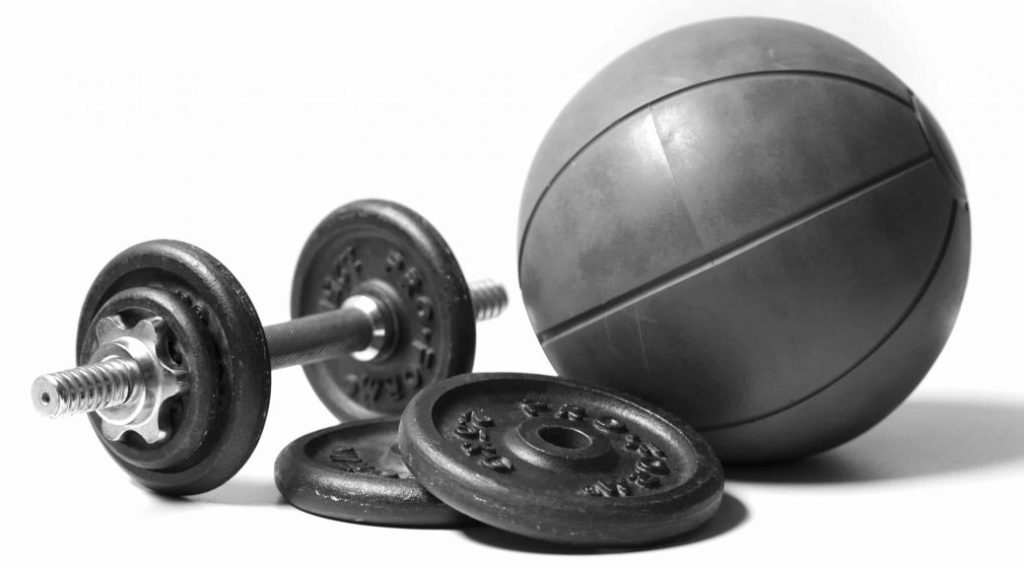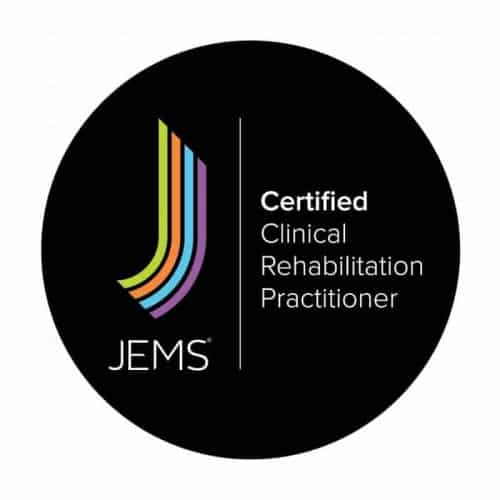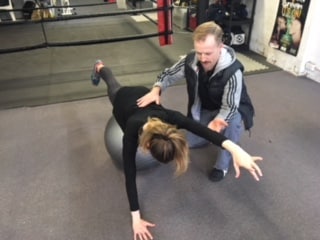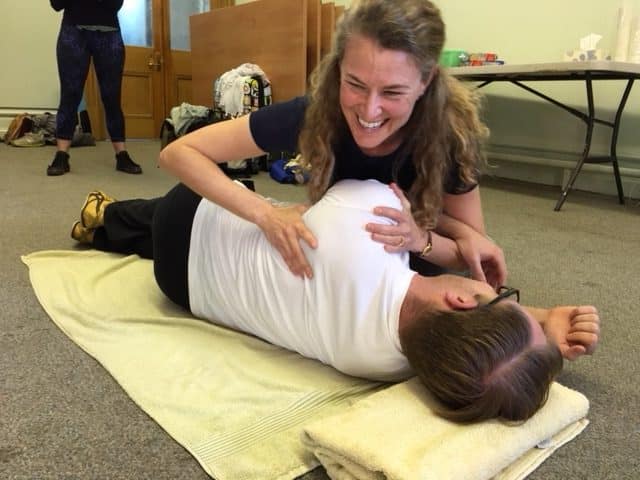Resilience Massage and Training
Myotherapy Remedial Massage and Kung-Fu Training

Strength and Conditioning Training
What is Strength and Conditioning?
At Resilience Training, strength and conditioning is about much more than just lifting weights. Strength and conditioning training encompasses the science of human movement, realising the potential of that movement, and making it more robust and resilient. Strength and conditioning training offers a diverse range of training methods and techniques that cater to a broad range of training goals. These goals may include improving in:
Explosive strength
Power
Strength endurance
Cardiovascular performance
Anaerobic performance
Flexibility
Balance and proprioception
Improving neuromuscular coordination and muscle firing patterns
At Resilience Training we offer a comprehensive, evidence-based approach to strength and conditioning informed by the latest science and research. We aim to achieve improved athletic performance, fast-track injury rehabilitation, reduce musculoskeletal pain, and ensure injury prevention. Resilience training focuses on developing functional strength, neuromuscular integration, establishing proper body mechanics and movement patterns, and promoting symmetry of strength and flexibility throughout the body.
Below, Chris Gauntlett training a professional ballroom dancer to better access and improve the function of the posterior myofascial sling…
A common Resilience training focus is to address strength and flexibility imbalances. Our bodies function most efficiently and are most resistant to injury when there is a balance of strength and flexibility across opposing muscle groups. Often through repetitive activity, one muscle will become short, tight and overused, and the opposing muscle group will be long, week and underused. Consider an Aussie rules football player for example. The primary actions of the sport involve a lot of running, jumping and kicking. Due to the repetitive nature of the sport, both in training and competition, an AFL player will usually overuse the muscles primarily responsible for these actions; in this case, the quadriceps and hip flexor muscle groups. Conversely, the antagonist muscle groups ⏤ in this case, the hamstrings and hip extensors ⏤ will usually be lengthened, weak and underused. You can think of the quads and hip flexors being like the athlete’s engine, and the hamstrings and hip extensors as the brakes. If the engine is too strong and powerful for the brakes, that’s when performance is impaired, and injury can occur. What is one of the most common injuries that you hear about being experienced by players in the AFL? Answer: hamstring strains and tears.
An imbalance of strength and flexibility doesn’t just affect elite athletes. It’s also very common for anyone spending a substantial amount of time in front of a desk and computer. When a muscle is held in a shortened position for an extended period, the tissue will adapt to that position. In the case of desk and computer work, the muscles around the front of the chest and shoulders become short and tight, while the muscles at the back of the shoulders, neck, and upper back become long and weak. For a more detailed explanation of this process click here to read the ResilienceMT Blog post on Neck Pain. For both the AFL player and the office worker, a tailored strength and conditioning program is vital to ensuring that athletic performance is optimised, injury recovery is successful, and relief from musculoskeletal pain is ongoing.
Are you ready to book a session? Book Now

What is the JEMS Movement Method?
The JEMS movement method is a system of neuromuscular training developed by the internationally renowned physiotherapist and sports medicine lecturer Joanne Elphinston. Joanne’s clients include medalists in World Championships, the Olympic Games, and Commonwealth Games. Her clients compete in a diverse range of sports that include: Rugby, Tennis, Kayaking, Rowing, Judo, Weightlifting, and Cycling. She has also been Head of Performance Movement for the British Olympic Association, and for over ten years has been a consultant to the National Dance Company of Wales. For more information about Joanne click here.
In the words of JEMS founder Joanne Elphinston, the JEMS mission is a simple one. It is to “enable people of all backgrounds, ages and levels of physical ability to learn the art of working with their body instead of against it, to have confidence in their bodies, and to reclaim and enjoy the activities that matter most to them.” The goal of JEMS is to help you unlock the potential of your body’s movement capabilities. Simply stated, JEMS movement is “the art of moving beautifully.” Moving beautifully is getting the best result, with the least amount of effort, and placing the minimum amount of stress on the body. The JEMS movement method utilises gentle, low load, neuromuscular exercises to retrain the muscle firing patterns of the body. Too often strength coaches focus only on getting more muscle activation. This is where JEMS is different. JEMS focuses on not only on getting the right muscles to switch on, but also on getting the right muscles to switch off, at the right times, and with the right amount of effort for the task being performed.
For a more comprehensive explanation of the JEMS approach, check out the video below of JEMS founder Joanne Elphinston…
At Resilience Training, Chris is passionate about sharing the JEMS movement method and is one of a handful of formally accredited JEMS clinical rehabilitation trainers in Australia. Chris first began his study of the JEMS movement method over five years ago and has incorporated JEMS movement practice into much of his daily training routine. JEMS is suitable for all ages and levels of physical ability. It requires very little in the way of equipment and can be performed easily at home, and its principles can be seamlessly incorporated into more traditional strength training programs. Chris has successfully used JEMS principles to rehabilitate people with significant physical impairment as well as optimise the performance of athletes competing at an international level.
Below, the inimitable Joanne Elphinston retraining Chris Gauntlett’s scapular rhythm…
How does Strength and Conditioning work?
Whether you are an elite athlete seeking to optimise athletic performance, seeking rehabilitation from injury, or just looking to get a little fitter and stronger, at Resilience training, Strength and Conditioning has much to offer. Strength and Conditioning training sessions are fun and have a lot to offer everyone, of all ages, and walks of life. The key to any successful program is planning, to ensure that the functional demands of your training goals are realised. Here is how it works:
We sit down for a chat and precisely map out what your performance/rehabilitation goals are. This could be anything from improved athletic performance, functional strength and skill development, injury rehabilitation, or just achieving a level of physical well being so that you can romp with the grandkids at the park and not pull up sore the next day.
We assess your current level of strength, flexibility, proprioception, balance, physical ability, and determine what we need to do in broad terms to make your training goals achievable.
We begin mapping out a comprehensive training plan and program.
We implement that plan and provide as many resources and ongoing support as you need to make your training goals a reality.
Is Strength And Conditioning Training right for me?
Resilience Training Strength and Conditioning programs offer a range of benefits including:
Maximising athletic potential and reducing the risk of sports injuries for both recreational and professional athletes
Building functional strength
Improving recovery times from sporting competition and training
Promoting balanced and functional posture
Reducing muscular pain and dysfunction caused by repetitive strain or sedentary lifestyles
Assisting injury rehabilitation by restoring proper movement patterns and function
Reducing muscular pain and dysfunction by correcting strength and flexibility imbalances
Are you ready to get started?
©2024 Chris Gauntlett, Resilience Massage and Training. Hosted by Websetgo

